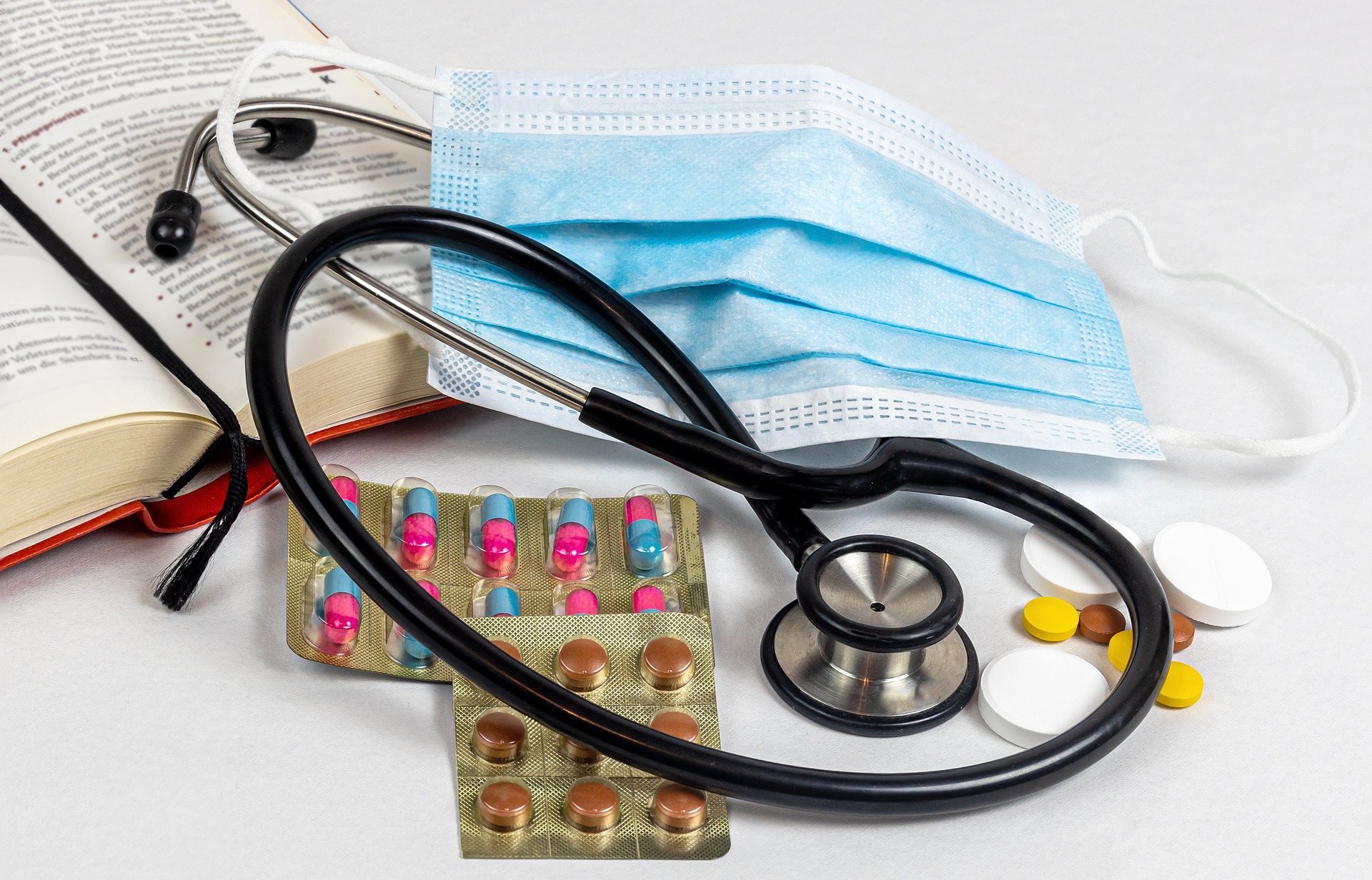Understanding PrEP: HIV Prevention in the United States
HIV prevention has evolved significantly over the past decade, with pre-exposure prophylaxis (PrEP) emerging as a groundbreaking approach to reducing transmission risk. This medication has transformed how we approach HIV prevention, particularly for individuals at higher risk. Understanding what PrEP is, how it works, and its availability in the United States provides valuable information for those considering this preventive option or simply seeking to stay informed about important healthcare advances.

Pre-exposure prophylaxis, commonly known as PrEP, has emerged as a revolutionary tool in the fight against HIV transmission. This daily medication regimen offers significant protection for individuals who may be at higher risk of HIV exposure, fundamentally changing how we approach HIV prevention in America. The medication works by maintaining protective levels of antiretroviral drugs in the body, creating a barrier against HIV infection when taken consistently.
What is PrEP?
PrEP is a prescription medication taken by HIV-negative individuals to prevent HIV infection. The most commonly prescribed PrEP medication in the United States is a combination pill containing two antiretroviral drugs: tenofovir disoproxil fumarate and emtricitabine, sold under the brand name Truvada. A newer formulation called Descovy, containing tenofovir alafenamide and emtricitabine, was also approved by the FDA for PrEP use. These medications work by blocking HIV from establishing a permanent infection in the body, effectively preventing the virus from replicating if exposure occurs.
How Does PrEP Work in the USA?
PrEP functions by maintaining consistent levels of antiretroviral medication in the bloodstream and tissues most likely to be exposed to HIV. When taken daily as prescribed, these medications can reduce the risk of HIV infection from sexual contact by approximately 99% and from injection drug use by at least 74%. The medication must be taken consistently for maximum effectiveness, as protection levels decrease when doses are missed. Healthcare providers in the United States typically prescribe PrEP as part of a comprehensive prevention strategy that includes regular HIV testing, counseling about risk reduction, and screening for other sexually transmitted infections.
Who Should Consider PrEP in the US?
The Centers for Disease Control and Prevention (CDC) recommends PrEP for individuals who are HIV-negative but at substantial risk of HIV infection. This includes sexually active adults and adolescents who have an HIV-positive partner, those who have had anal or vaginal sex without a condom with someone whose HIV status is unknown, men who have sex with men, people who inject drugs and share needles or other drug equipment, and individuals who have been prescribed post-exposure prophylaxis multiple times or reported continued risk behavior. Healthcare providers assess individual risk factors to determine if PrEP is appropriate, considering factors such as sexual behavior, substance use, and geographic location where HIV prevalence may be higher.
How to Access PrEP in the United States
Accessing PrEP in the United States requires a prescription from a qualified healthcare provider, typically obtained through primary care physicians, infectious disease specialists, or specialized sexual health clinics. The process begins with an HIV test to confirm negative status, followed by testing for other sexually transmitted infections and kidney function assessment. Many community health centers, LGBTQ+ health organizations, and family planning clinics offer PrEP services. Some states have implemented programs that allow pharmacists to prescribe PrEP directly, expanding access in areas with limited healthcare providers. Telemedicine services have also emerged as an option for PrEP consultation and prescription, particularly beneficial for individuals in rural areas or those seeking privacy.
PrEP Costs and Insurance Coverage in the US
The cost of PrEP varies significantly depending on insurance coverage, location, and chosen healthcare provider. Without insurance, brand-name Truvada can cost between $1,600 to $2,000 per month, while generic versions may range from $30 to $60 per month. Descovy typically costs similar to brand-name Truvada. Most private insurance plans, Medicaid, and Medicare Part D cover PrEP medications, though copayments and deductibles may apply.
| Provider Type | Monthly Cost Range | Insurance Coverage | Additional Services |
|---|---|---|---|
| Community Health Centers | $0-$200 | Sliding scale fees | Comprehensive sexual health |
| Private Healthcare Providers | $50-$300 | Most insurance accepted | Full medical care |
| Specialized PrEP Clinics | $0-$150 | Various programs | PrEP-focused services |
| Telemedicine Services | $30-$200 | Select insurance plans | Convenient access |
Prices, rates, or cost estimates mentioned in this article are based on the latest available information but may change over time. Independent research is advised before making financial decisions.
Several patient assistance programs help reduce costs for eligible individuals. Gilead Sciences offers a copay assistance program that can reduce monthly costs to $0 for those with private insurance. The Ready, Set, PrEP program provides free PrEP medication for uninsured individuals who qualify. State and local health departments often provide PrEP at reduced costs or free of charge through federal funding programs.
Monitoring and Follow-up Care
Regular medical monitoring is essential for individuals taking PrEP. Healthcare providers typically schedule follow-up appointments every three months to conduct HIV testing, assess kidney function, screen for sexually transmitted infections, and provide ongoing counseling. Some individuals may experience mild side effects such as nausea or headaches when starting PrEP, but these usually resolve within the first few weeks. Long-term use requires periodic monitoring of bone density and kidney function, though serious side effects are rare when properly monitored.
PrEP represents a significant advancement in HIV prevention, offering individuals at risk a powerful tool to protect their health. Success with PrEP requires commitment to daily medication adherence, regular medical monitoring, and continued engagement with healthcare providers. As access continues to expand across the United States, PrEP is becoming an increasingly important component of comprehensive HIV prevention strategies, contributing to national goals of ending the HIV epidemic.
This article is for informational purposes only and should not be considered medical advice. Please consult a qualified healthcare professional for personalized guidance and treatment.




